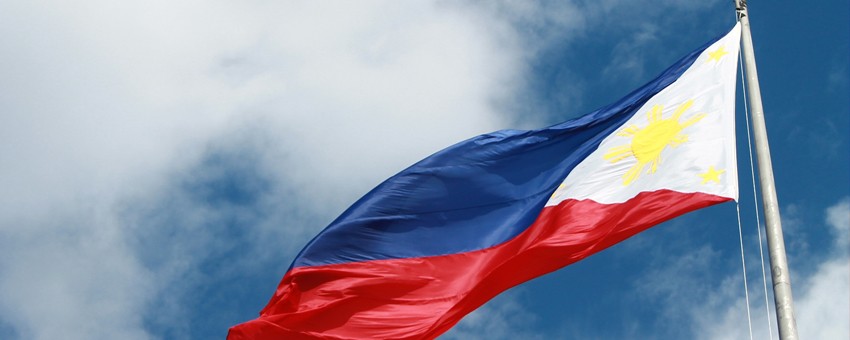
After several months of delay, Malacañang finally released the latest foreign investment negative list (FINL), giving clarity on the kind of welcome foreign investors can expect when doing business here in the country.
The 11th FINL, which was issued on Wednesday, drew a mixed reaction from foreign and local business groups interviewed by the Inquirer.
The FINL, which is reviewed every two years, lists down sectors where foreign investors have only limited participation. The 10th FINL was issued under the Aquino administration in 2015.
The FINL, however, could only do so much, given that it could not change prior laws on foreign investments, a limitation that some business groups also acknowledged.
“Overall, it falls short of the ‘aggressive’ changes pursued by Neda (National Economic Development Authority),” said Guenter Taus, president of the European Chamber of Commerce of the Philippines.
e said the latest negative list had only “modest gains” such as the liberalization in insurance adjustment and the slight expansion of practice of professions.
John Forbes, senior adviser of the American Chamber of Commerce of the Philippines, had a different opinion.
“The new FINL reflects the first time any administration has seriously sought to shorten the list. Appearances can be deceptive because the new FINL is a longer document, but it has added more clarity and exceptions,” he said.
What kind of business can now have a 100-percent foreign participation?
According to Neda, these sectors are the following: internet businesses, teaching at higher education levels provided the subject being taught is not a professional subject or included in a government board or bar examination, training centers that are engaged in short-term high level skills development that do not form part of the formal education system, adjustment companies, lending companies, financing companies and investment houses, as well as wellness centers.
The list, as released under Executive Order No. 65, also increased to 40 percent the participation of foreigners in the construction and repair of locally funded public works as well as private radio communications networks from 25 percent and 20 percent, respectively, previously.
Barrier to entry in local retail market is still the same, a “victory” for small local players, despite an initial plan by economic managers to do so.
Prior to the release of the FINL, Socioeconomic Planning Secretary Ernesto Pernia said that the government was planning to lower the paid-up capital requirement for foreign retailers setting up shop in the country to $200,000 from $2.5 million at present.
Trade and Industry Secretary Ramon Lopez, who backed the move to lower the threshold, said that it was not included in the FINL because it would require amending the law.
evertheless, Roberto Claudio, vice chair of the Philippine Retailers Association, called this a “victory for the small Filipino retailers.”
Pernia, for his part, also said that restrictive laws needed to be amended. Nevertheless, he said that the latest FINL would help make the country more competitive.
However, these measures are still considered “marginal improvements in our effort to attract foreign direct investments (FDI).”
Under the new FINL, President Duterte allowed foreign ownership of internet businesses and greater foreign equity in private radio communications networks and contracts for the construction and repair of locally-funded public works. He also updated the list of professions that foreigners could practice in the Philippines.
The new list keeps the 40 percent foreign equity cap on public utilities but adds a new exception that covers “power generation and the supply of electricity to the contestable market.” —WITH A REPORT FROM LEILA B. SALAVERRIA
Article was originally published on November 1, 2018 on the Philippine Daily Inquirer online